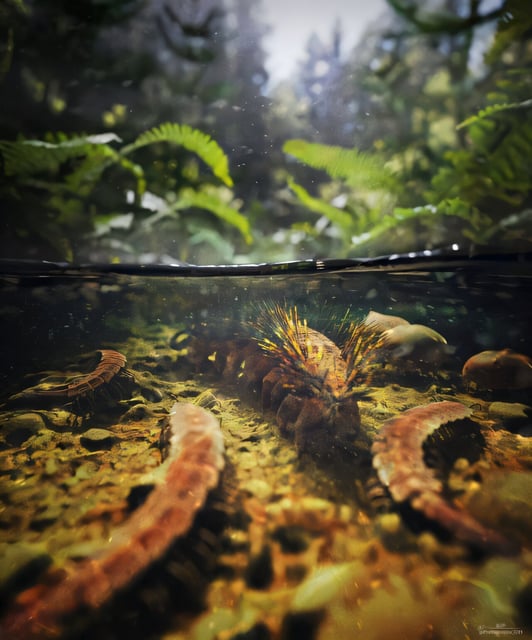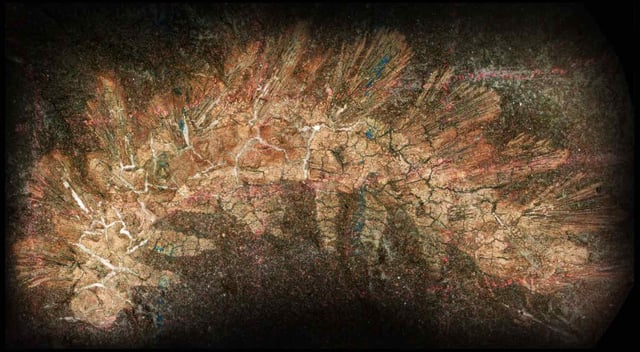Overview
- Researchers led by Richard Knecht applied backscatter scanning electron microscopy, energy-dispersive spectroscopy and FTIR analysis to 43 specimens, revealing nearly 1,000 toxin-bearing spines.
- Originally described as a caterpillar in 1865, the fossil was variously misidentified as a worm, millipede and marine polychaete over 130 years before its lobopodian anatomy was recognized.
- Specimens from Montceau-les-Mines in France and Mazon Creek in the United States confirm that Palaeocampa anthrax inhabited inland freshwater environments.
- At four centimeters long, Palaeocampa anthrax predates iconic Burgess Shale lobopodians by nearly 50 million years, reshaping timelines of early arthropod evolution.
- The discovery underscores the scientific value of revisiting century-old museum collections with modern analytical methods to unearth hidden evolutionary insights.

